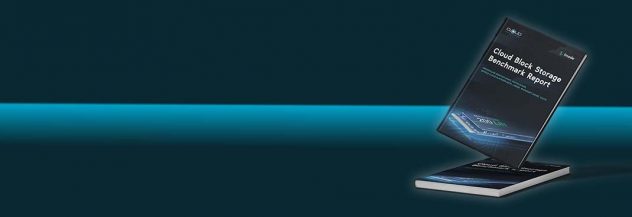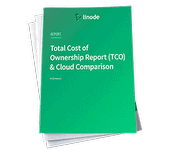Object Storage - Guides
S3-compatible Linode Object Storage makes it easy and more affordable to manage unstructured data such as content assets, as well as sophisticated and data-intensive storage challenges around artificial intelligence and machine learning.
Building Blocks
These introductory guides to Linode Object Storage help get you up and running with the service:
Enable Object Storage: Object Storage is not enabled by default; you can enable it in Cloud Manager.
Generate an Object Storage Key Pair: You need a pair of keys to use Object Storage: an access key and a secret key. These can be generated in the Cloud Manager.
Create a Bucket: Create a bucket in the Cloud Manager.
Upload Objects to a Bucket: Upload objects to your bucket using the Cloud Manager.
View Bucket Objects: View your bucket objects in the Cloud Manager.
Delete Bucket Objects: Delete bucket objects from the Cloud Manager.
Delete a Bucket: Delete a bucket from the Cloud Manager.
Cancel Object Storage: To cancel the Object Storage service you must first delete all your buckets. Then you can cancel the service from the Cloud Manager.
Clients and Tools
Guides for using Object Storage with various clients and command-line tools:
- Linode CLI: An easy to use command-line tool for use with Linode’s own services.
- s3cmd: One of the most common command-line tools for interacting with S3-compatible object storage solutions, including Linode Object Storage.
- s4cmd: A faster alternative to the s3cmd command-line tool.
- Cyberduck: A cross-platform graphical interface for interacting with various cloud storage services.
AWS SDKs
Guides for using Object Storage with various AWS SDKs:
Themes
These additional guides explore targeted topics like setting up a static site and managing access and permissions for your buckets and objects:
Object Storage Basics
Static Sites
Managing Access and Permissions
This page was originally published on





